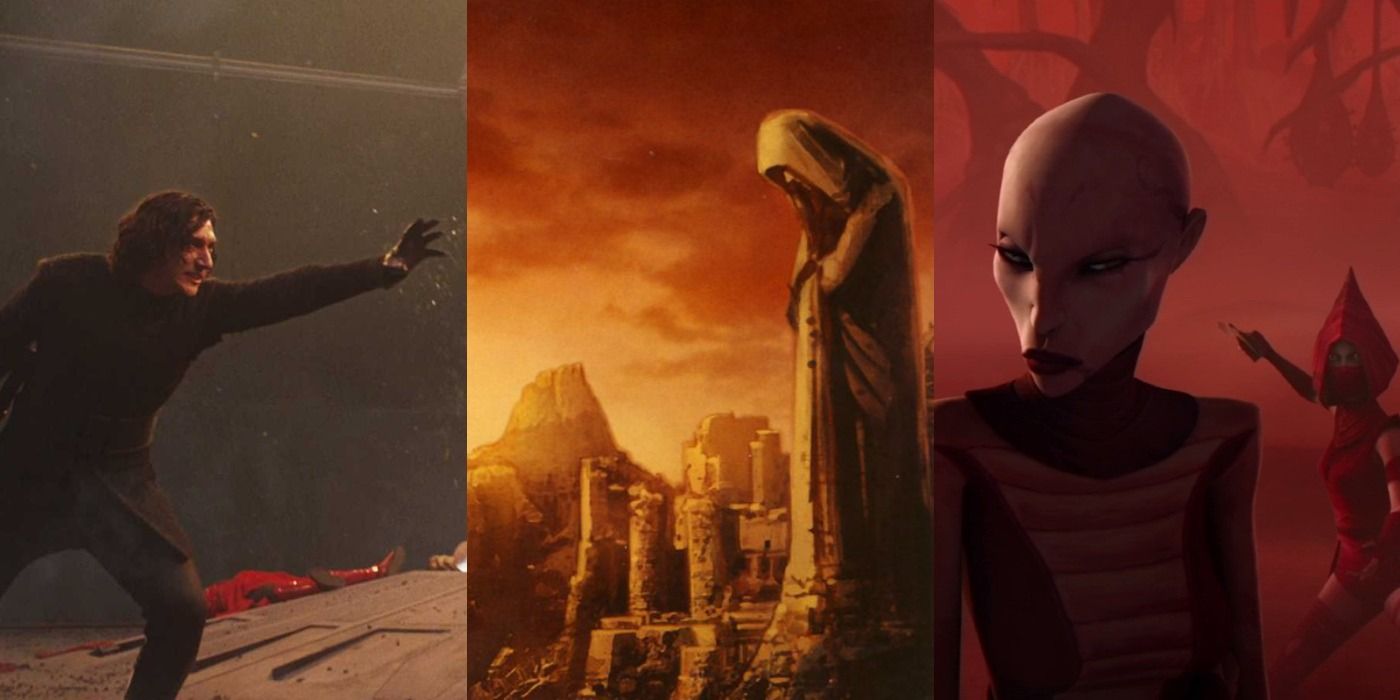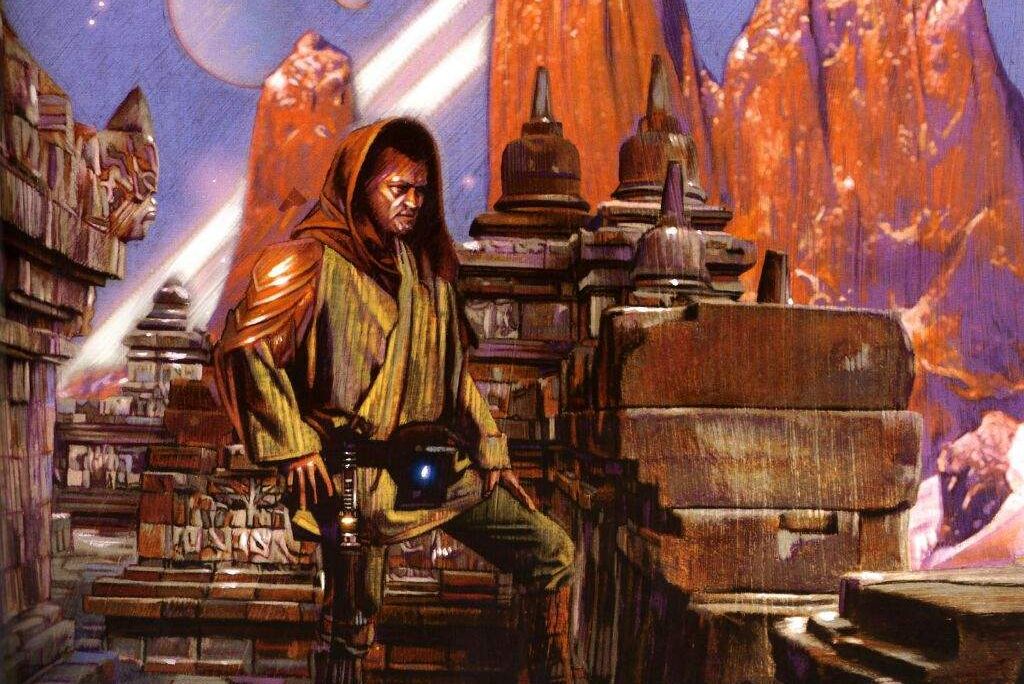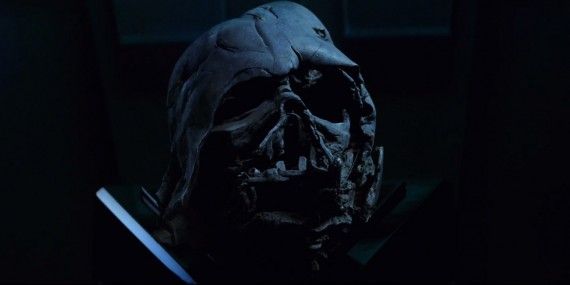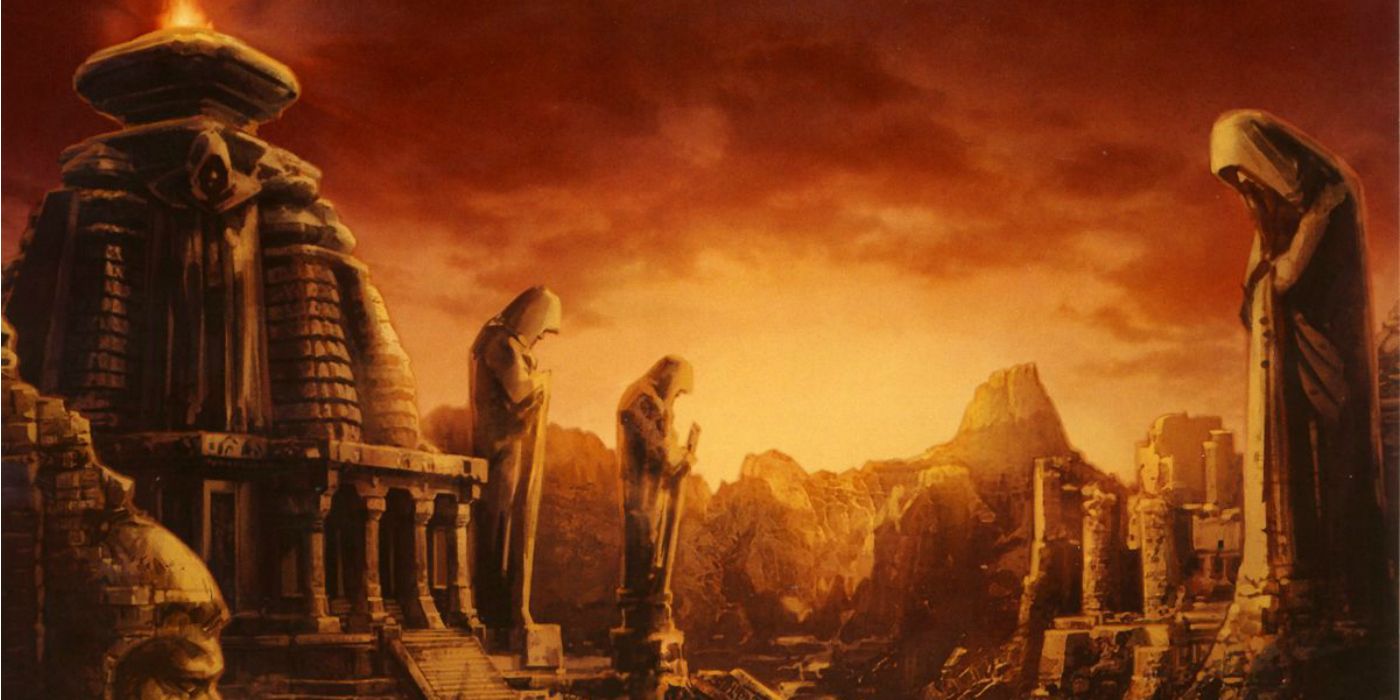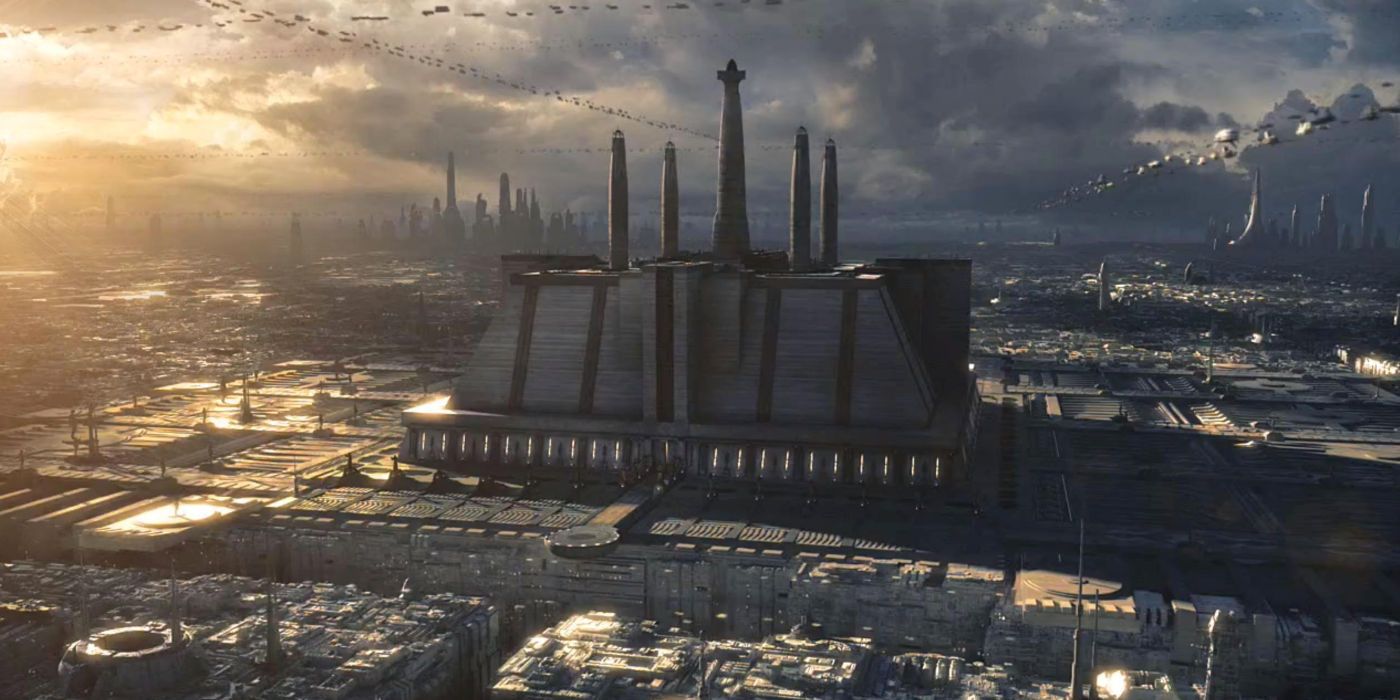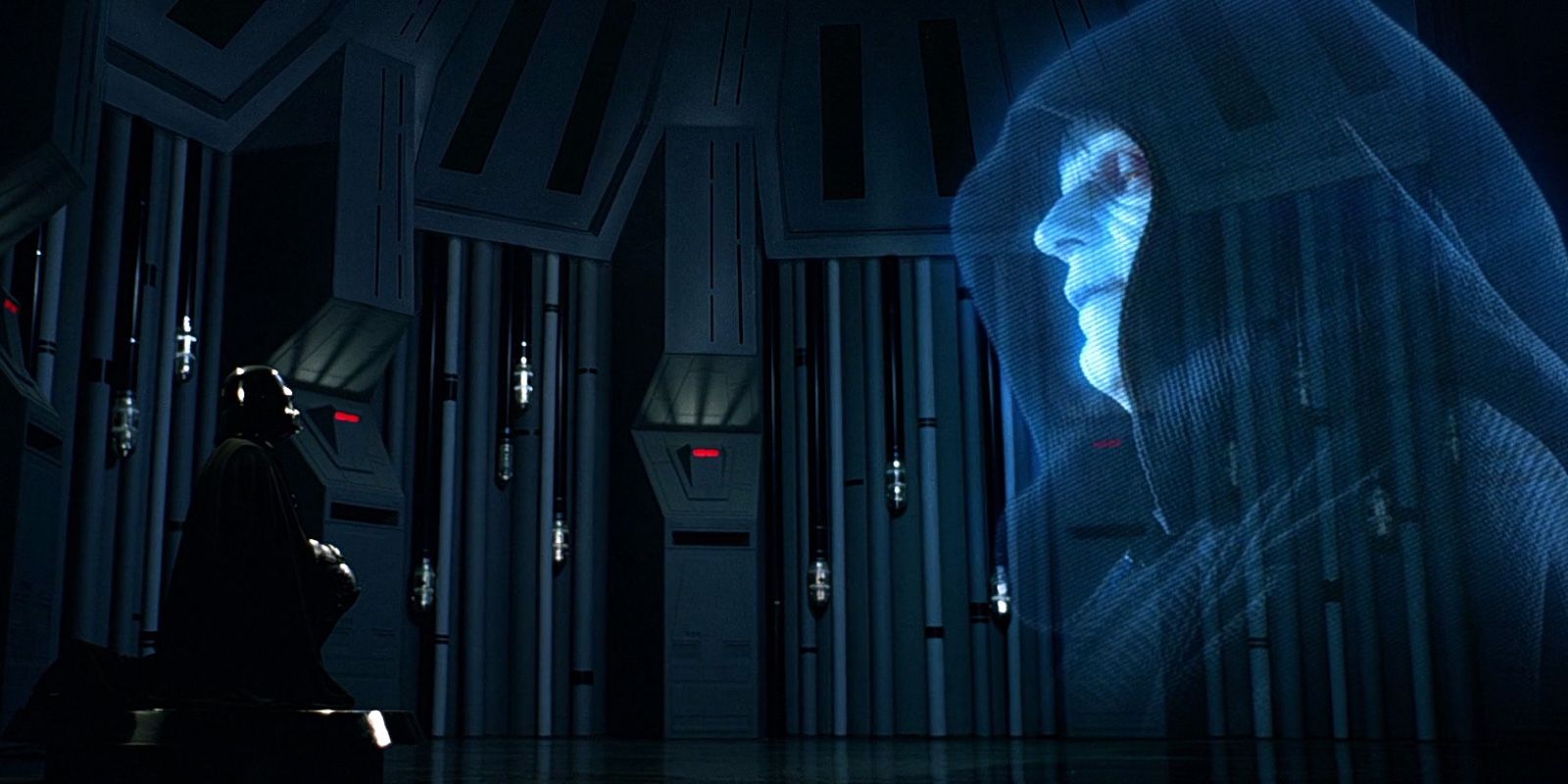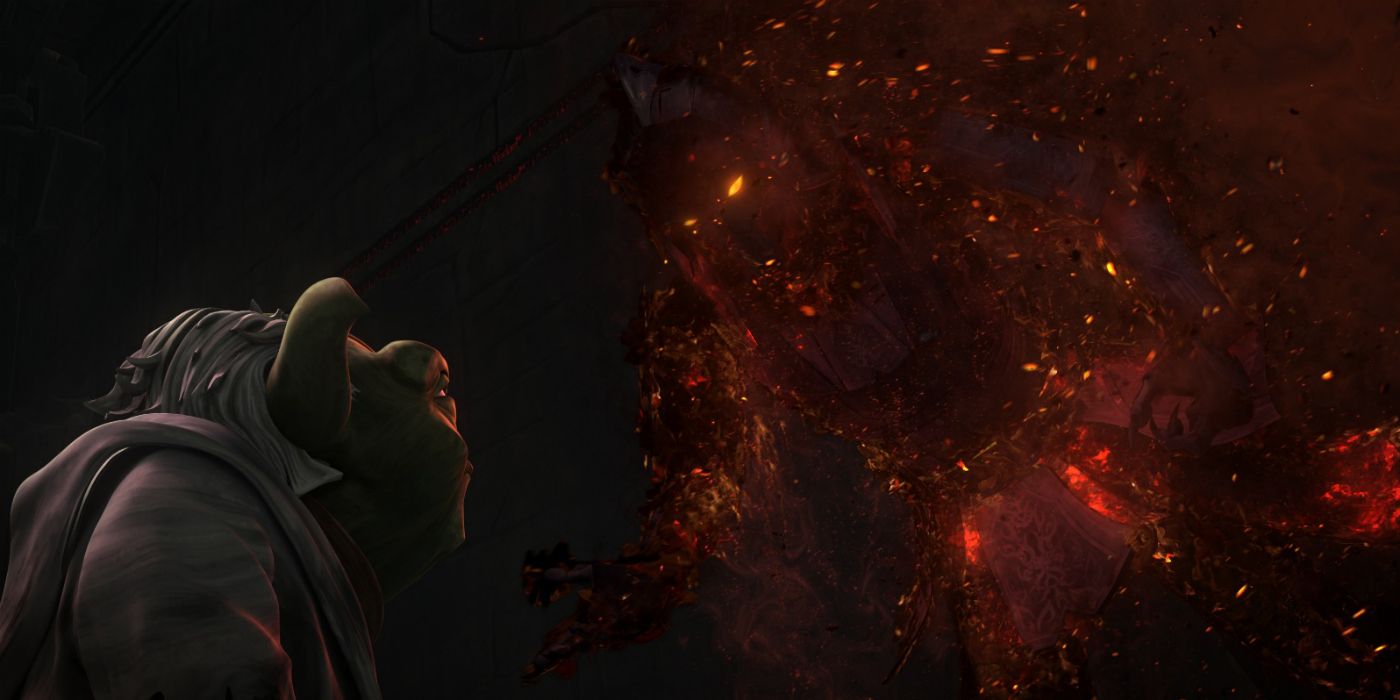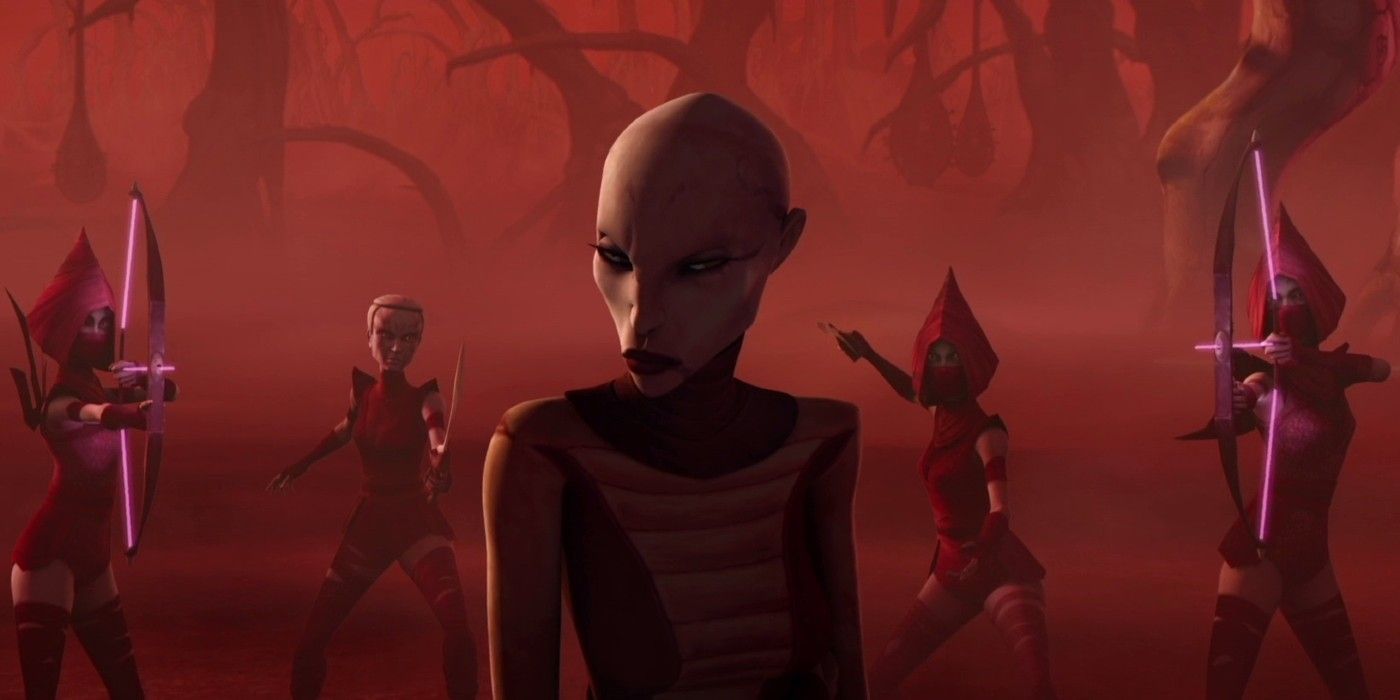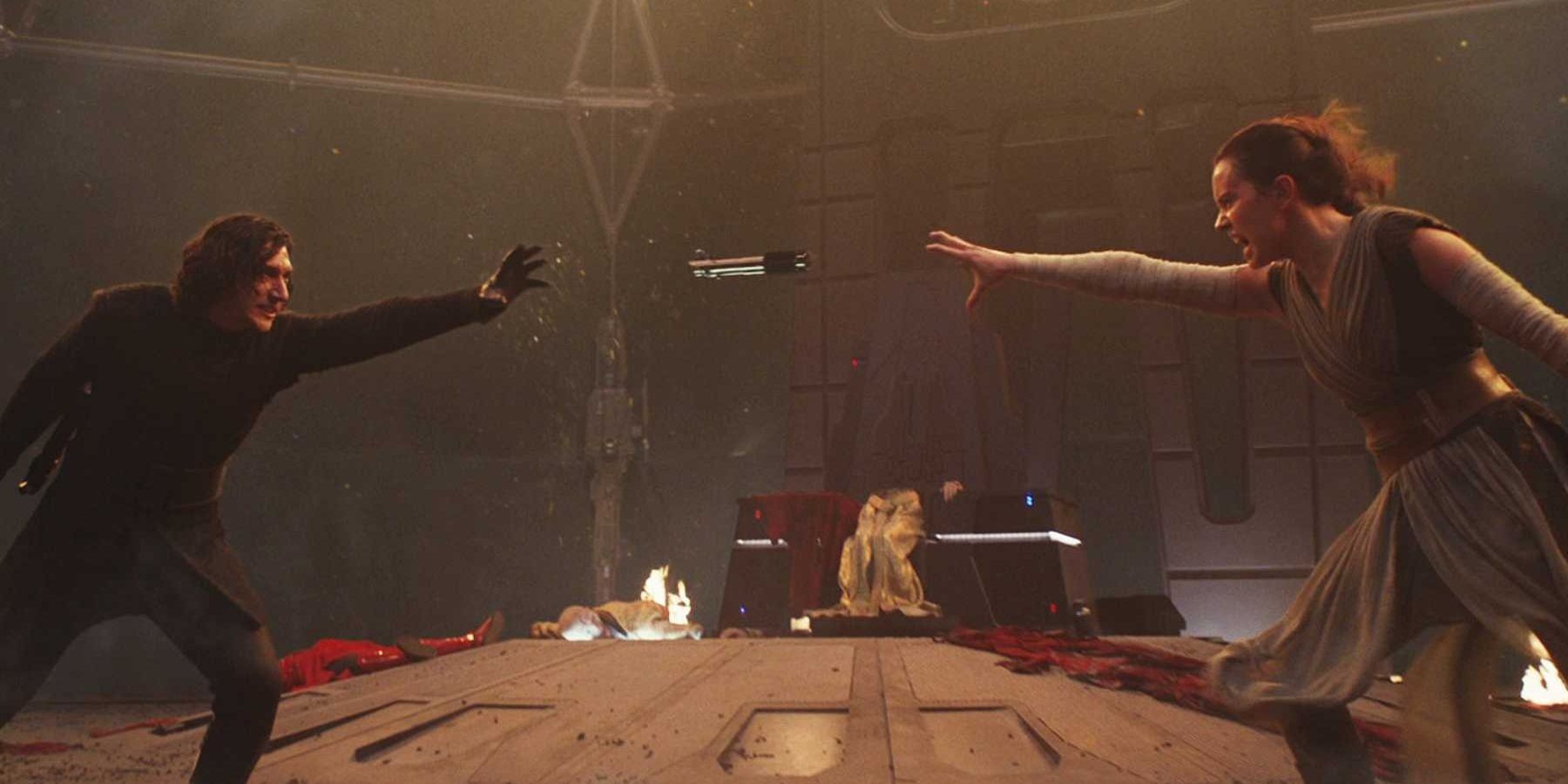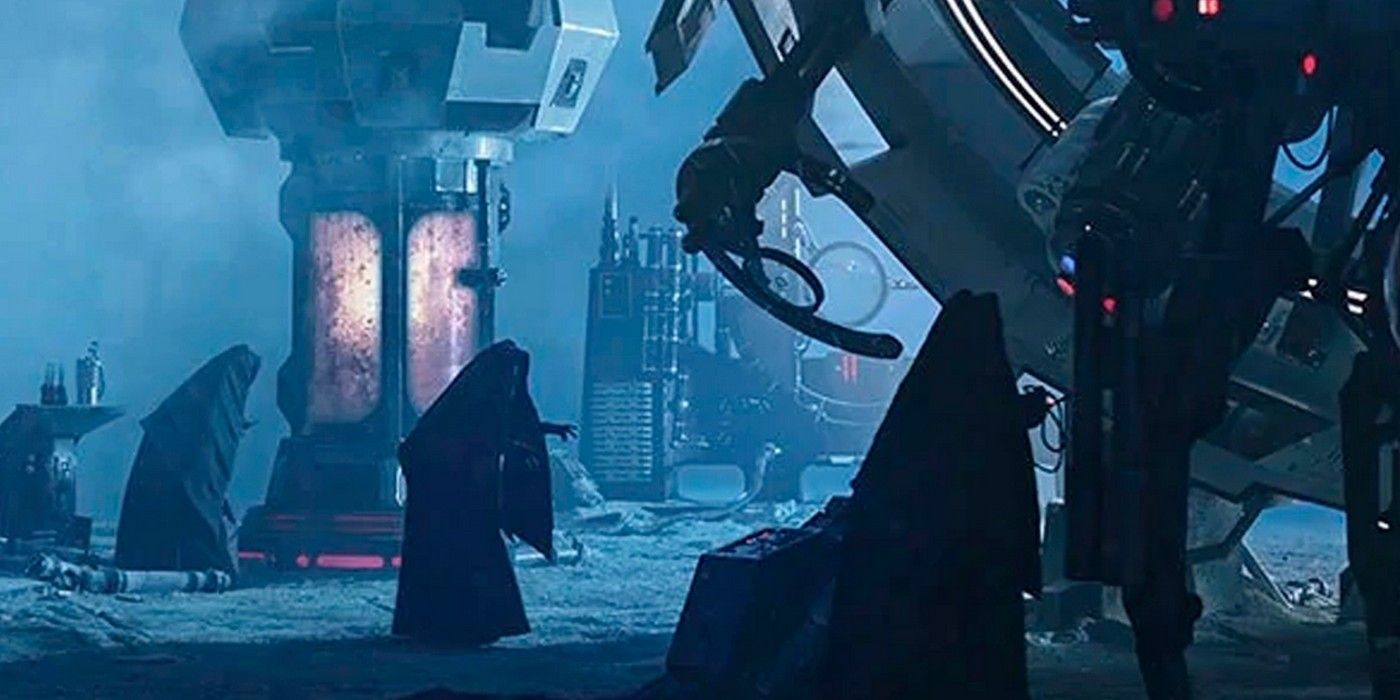The galaxy far far away is defined by two opposing sides: the Sith and the Jedi, two ancient orders that have influenced most of the major characters in Star Wars in some way. While the Jedi have certainly had a great deal of exploration on screen and in the expanded universe, mainstream audiences aren't quite as exposed to the mythology of the Sith.
While they are often portrayed as pure evil, there's certainly some complexity to how the order started, the places from which they originate, and what it really takes to be a member of the Sith. There have been hints on screen in all three trilogies as to some of the secrets of the Sith, but it's really in both Legends and Canon that some answers start to emerge to important questions.
The First Sith
In Star Wars Legends, the first-ever Sith was named Ajunta Pall, a fallen member of the Jedi Order. While the canon explanation doesn't put a name to the individual, the first-ever Sith still follows a very similar narrative in regards to how it all began.
For this unidentified former Jedi, the dark side became a tempting offer that couldn't be refused. Beginning to lead a band of warriors who were consequently exiled from the Jedi, this leader would spark the Hundred-Year Darkness that resulted in the true creation of the Sith.
Sith Artefacts
Much like any other religion or set of legends, the Sith actually hold a number of artefacts very close to them. These special objects can often be associated with holding great power, and that was certainly the case in the galaxy far, far away.
Certain objects could be completely consumed by darkness and therefore feed into the evil inside an individual. The artefacts were a great influence on the Sith, and a perfect example is the charred helmet of Darth Vader, which would fuel the rage of Kylo Ren.
The Acolytes Of The Beyond
The days after the fall of the Galactic Empire were certainly dark for those who revelled in the villainy of the Sith. Some just couldn't deal with the absence of this force in the galaxy and tried to feed off of the darkness that was left.
In the Aftermath series by Chuck Wendig, a group known as the Acolytes of the Beyond emerged, who were obsessed with Sith mythology. They had a number of artefacts of their own including lightsabers and ancient helmets and stormed the streets of Coruscant looking for a revolt.
The Coruscant Temple
Speaking of Coruscant, the city-planet was one of the most influential in the entire system. Home to the Republic and indeed the Jedi Order for many years, the Acolytes wouldn't be the first of the Sith to try to attack the very core of the galaxy.
Indeed, at one time, the Sith actually managed to create their own temple on Coruscant, bringing great darkness with it. It has taken many years for the Jedi to try and expel this evil energy, building their own temples and protective barriers against the awful shadows within. Of course, there is a chance that the darkness of this temple continues to feed the criminal underworld of the planet.
The Rule Of Two
It's pretty well established that the rule of two is something the Sith often follow; with the rule, created by Darth Bane, supposedly being entrenched in their code. Yet, both cruel and merciful Sith Lords alike have bent this rule to their own devious ends.
The rule meant that there could be a master and an apprentice who would eventually try to rise up and stake their own claim to power. What's interesting is that, each time the rule is broken, the results are really quite disastrous, as we know from the Legends story of Starkiller to Dooku's attempts with Darth Maul, Asajj Ventress, and Savage Opress.
Moraband
Moraband is a location not too familiar to those who have only enjoyed the cinematic offerings of the Star Wars franchise, yet it is one of the Sith's most important planets. Moraband is where the Sith were exiled and could really be considered the birth of their Empire.
The Valley of the Dark Lords is a particularly dangerous area that holds a lot of darkness within, and the planet itself contains plenty of dark side temples and vicious artifacts, and it's pretty much a no-go zone for any Jedi. Yoda actually visited the location during The Clone Wars, consequently unleashing some of the evil.
The Nightsisters
The Sith and the Nightsisters seem compelled by one another. The Nightsisters themselves are perhaps just as mysterious as this dark order, but there are a number of differences between the two. What's more, the Sith were responsible for the destruction of these witches on Dathomir.
While the Sith may be consumed by the darkness and controlled by it, the Nightsisters are able to take ownership of their selves and dip into the dark side. The Nightbrothers are not as effective in this regard, with Darth Maul, for instance, being impacted by the sickness of the Sith far more than Ventress, who ultimately died an anti-hero in Christie Golden's Dark Disciple.
Dealing In Absolutes
Plenty of warriors tried to take something from Darth Vader after his death, but none more so than Kylo Ren, who tried to fashion his own identity from the remnants of his grandfather. While Vader was certainly a Sith though, Ren actually wasn't.
For the Sith, they really do deal in absolutes. Ben Solo had been both taught by the Jedi and the Sith and consistently struggled with this duality. Considering Snoke was also a clone puppet of Palpatine, Kylo Ren didn't gain the traditional teachings of the dark side. There are very specific criteria to be considered part of the order.
Exegol
The Rise Of Skywalker saw the on-screen debut of the planet Exegol in the unknown regions of the galaxy; a planet that was heavily alluded to during the aforementioned Aftermath trilogy. The planet is important for its own connection to the Sith.
While this dark religion had its home planet of Moraband, in many ways, the area is a carcass of its former self. Exegol held a strange and mysterious power and was considered the backup planet of the Sith. It may hold the secrets to immortality, which was only backed up by the revival of Darth Sidious.
The Sith Eternal
Exegol was also a place for the Sith Eternal to set up base. The Acolytes were almost a predecessor to the Eternal, who were a group of cultists, dedicated to trying to preserve the Sith mythology and ultimately bringing about the return of the Emperor.
Their appearance was certainly influenced by real-world concept art of past Sith and in canon created by the shadows of the religion they hold close to their chest. While not practicing members of the Sith themselves thanks to their lack of force sensitivity, they had impressive resources, a military operation, and a religion that passed through their generations.

